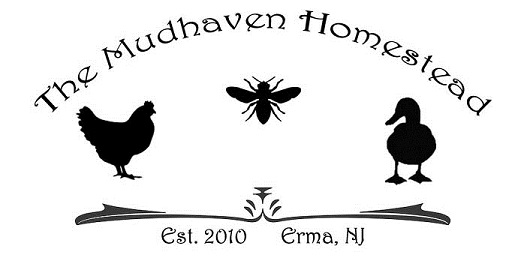How can you help your garden and cut down on garbage at the same time? By COMPOSTING! But what is composting, why should you compost, and how do you do it?
Composting is a natural process where organic materials decompose and are recycled into a dark, crumbly, earthy smelling soil conditioner known as “compost.” To gardeners, this is known as "black gold." Composting organic kitchen wastes and yard waste cuts down on what goes into our landfills and we can all benefit from that! It can save you money. Adding compost to your garden improves soil structure, promotes soil fertility, reduces chemical additives (commercial fertilizers) and stimulates healthy roots! All it costs is a bit of time to get started with your compost pile.
Let's get started! The first thing you need to do is to select a site in your yard or garden to put your compost pile or bin. Placement of the bin should be convenient and on level, well-drained ground. You do not want to put your compost bin in a low spot, where it stays wet, nor in the sunniest spot, where it may dry out. Also take into consideration who can see it! Some neighbors may consider your compost bin an eyesore.
The minimum size for a compost pile is 3'x3'x3', but larger than 5’x5’x5’ will inhibit air getting into the middle of the pile. Some people like to have a bin to put their composting materials in. My own bin is made from a piece of old wire fencing and unused fence posts formed into a square, where the front "panel" can be opened for ease in turning the pile. You may chose this method, or you can build a bin out of pressure treated wood and wire mesh, cinder blocks, whatever you have to hand. Some people have multiple bins to move the compost as it breaks down, but for small yards and gardens, multiple bins aren't necessary. Ready-made bins and composting "barrels" are available from many gardening retailers. Whatever method you chose, make sure there is ample ventilation. Air circulation is an important component in the decomposition process. The microorganisms in the compost pile need water, nutrients (such as nitrogen & carbon) and oxygen in order to live.
Once the location is chosen, it is time to get started adding organic matter. Here are a few "Do's and Dont's" of composting.
DO Compost:
- Kitchen scraps - vegetable scraps, egg shells, coffee grounds
- Garden debris & yard waste - weeds, flowers, leaves, grass clippings
- Sawdust (from untreated lumber)
- Wood ash
DON'T Compost:
- Meat scraps
- Grease
- Pet feces
- Food with grease or soap residue
- Weeds with seeds
- Diseased or infested plants
How to care for your compost pile: Caring for your compost pile is where the cost of time comes in. If you aren't in a hurry to get your compost, just start adding materials and turn the pile with a pitchfork once a month. With minimal effort, you should have usable compost in 12-18 months. Can't wait that long? More effort will be needed. Start off with green material (grass clippings, veggie scraps) and mix with some brown material (leaves). Wet the pile until it is damp - like a rung out sponge. Turn the pile twice a week, making sure the moisture level stays consistent, in order to aerate the pile. The microorganisms that are working to break down the matter need oxygen. A byproduct of decomposition is heat! A well maintained compost pile will reach temperatures between 110° and 160°F. If this temperature range is reached, it will help kill any weed seeds that may have gotten into the pile. Special compost thermometers can be purchased, but aren't necessary.
You will know your compost is ready to use when it is dark, brown, crumbly and it should have an earthy odor. It shouldn't smell rotten or be moldy. Any of the original materials that went into the compost pile should no longer be recognizable in finished compost, except for some woody pieces. The compost can be used as soil amendments, mulch, or in potting mixes!
For more in depth information on composting, try some of these links:
How To CompostFrom Rutgers University:
Home Composting For vermicomposting (composting with worms)Happy Composting!





